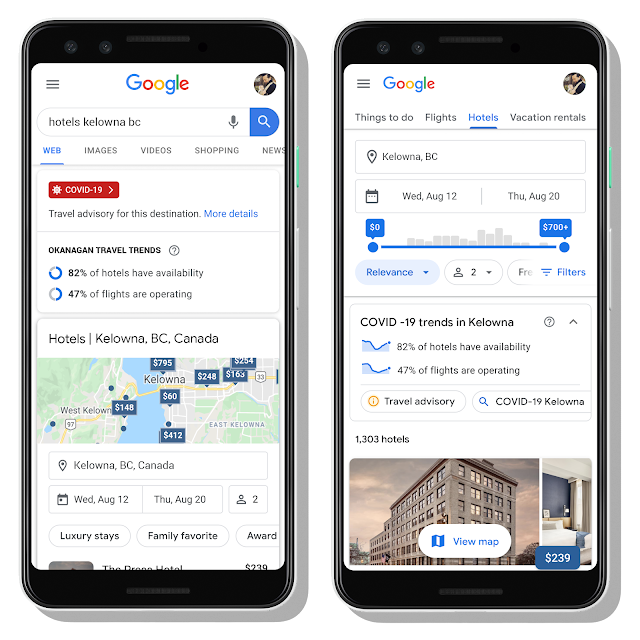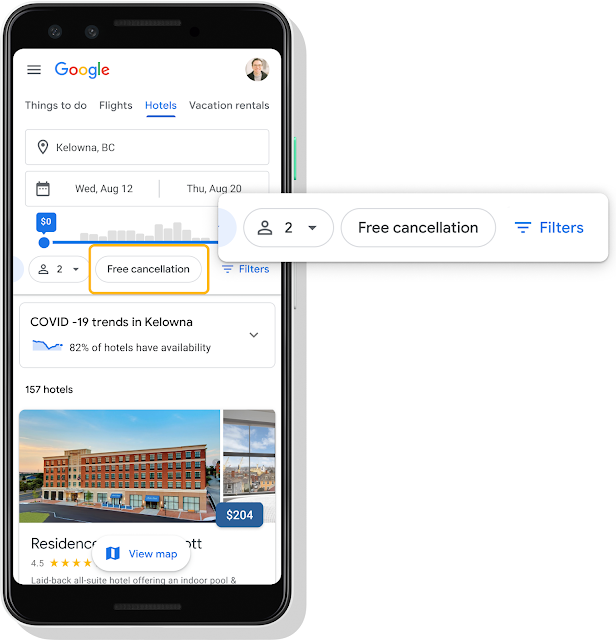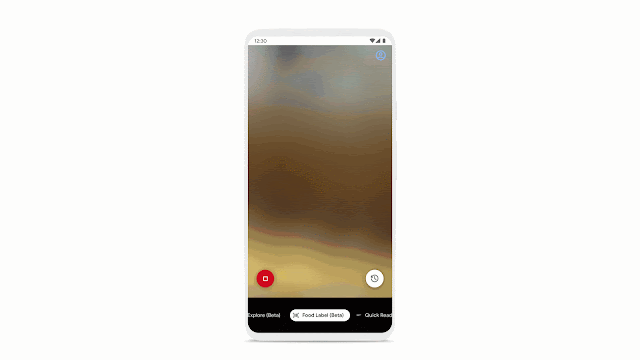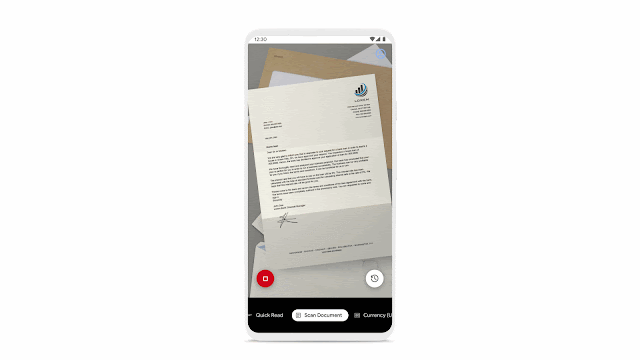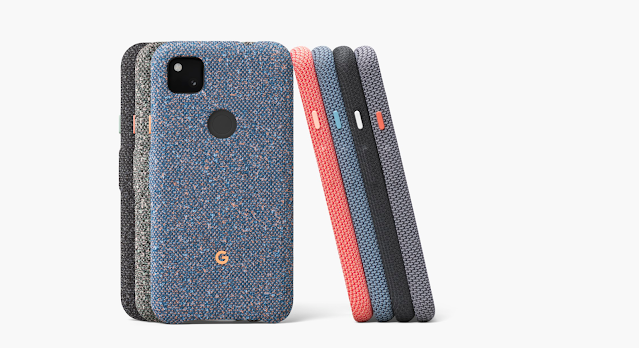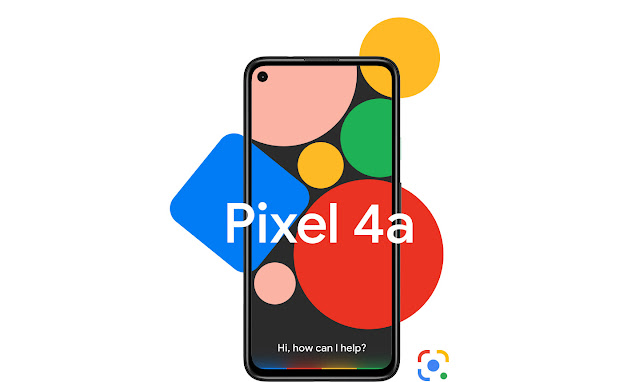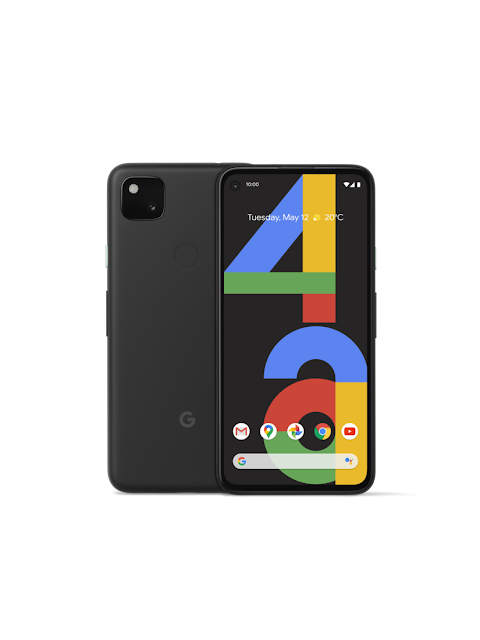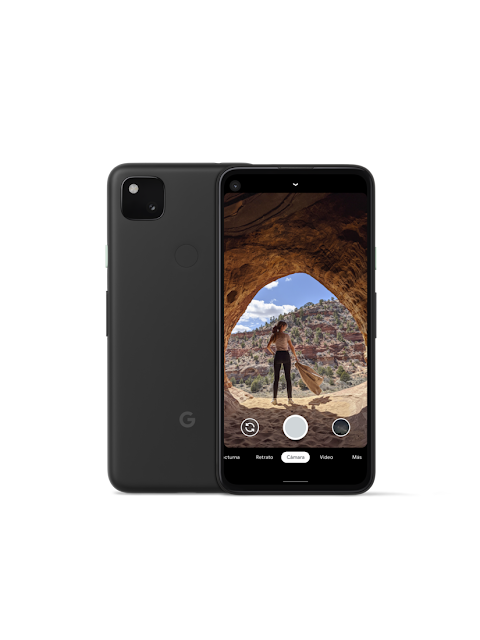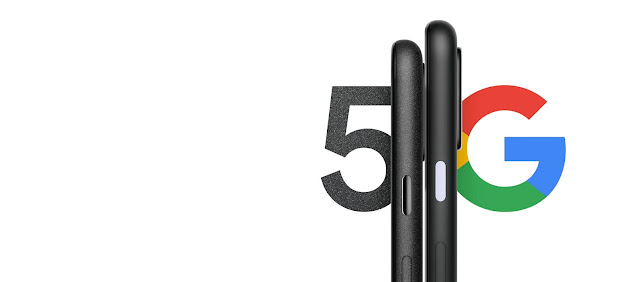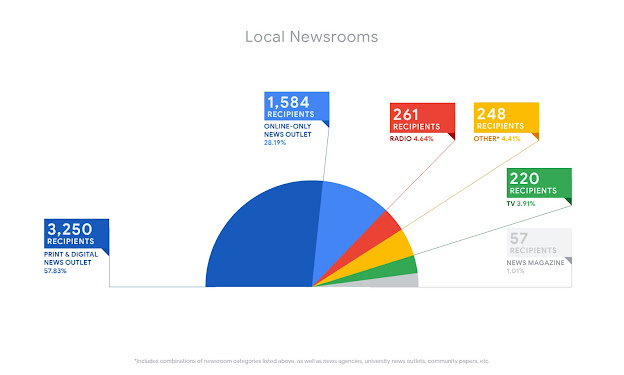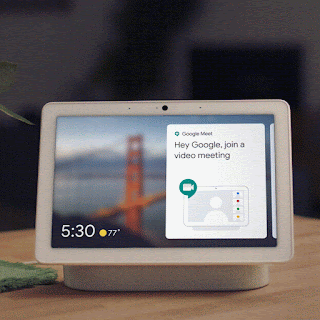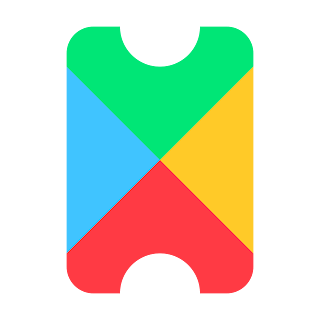Established in 1904 in Oklahoma, the
Lawton Constitution is one of more than
5,600 recipients of the
Google News Initiative Journalism Emergency Relief Fund (JERF). Committed to serving local community journalism, the newspaper’s publisher, David Stringer, knows how difficult it is to fulfill its mission even with best intentions. “No matter how low the cost, we know that some residents want to read the paper but simply can’t afford it,” he says. So the Lawton Constitution has used JERF funds to subsidize half the cost of a subscription for those in need who want to stay informed, giving the community access to important information and building relationships for the future.
In South Korea, Kim Hong-tak from the Jeonnam Ilbo is using JERF funds to highlight the resilience of the local businesses affected by COVID-19. The publication has created a designated column focused on local small and medium sized businesses to highlight their strengths and values and serve as a bridge to connect them to the right government agencies for further support.
In the United Kingdom, DC Thomson used the funding to support new content teams to help generate 10,000 subscribers during lockdown. In Argentina,
El Diario published an editorial describing how the funding will allow them “to continue..to keep the voices of the city and the region alive”. And, In Canada,
Narcity Media will use the funds to increase their staff by hiring at least 1-2 new reporters.
These are a handful of stories among many we received since launching JERF in April. When COVID-19 was turning the world upside down, we didn’t know what to expect. The intent was simple: help address a very real need from local publishers and news sites globally that are facing financial hardship as a result of the economic and advertising downturn.
In the last few months, we have provided $39.5 million in funding to more than 5600 publishers in 115 countries. The money is being applied in diverse and creative ways, from ensuring basic reporting needs and giving emergency stipends to allow reporters to cover the crisis, to driving audience engagement and generating subscriptions.
Within two weeks of our announcement, we received more than 12,000 applications. The massive response gave us the opportunity to understand what “local” means in different parts of the world, and how dynamics ranging from newsroom size to ownership structure can differ depending on the region and the kinds of communities served. For instance, the average newsroom size varied from 20 in Asia Pacific to eight in North America.
We learned from publishers that advertising continues to be the sole source of revenue for most JERF recipients, with 50 percent claiming to be totally advertising dependent. A survey we carried out also showed that less than 30 percent of recipients operate some form of a paywall, while less than 18 percent rely on community contributions or memberships to support their journalism. That situation is changing, though, with 60 percent of the recipients planning to diversify their revenue streams by developing subscription, membership or contribution models.
Additionally, around 20 percent of publishers told us they are prioritizing a need for cultural change that includes a focus on diversity, equity and inclusion as well as organizational and business management.
The pandemic has affected everyone, and local news organizations have been at the forefront in helping their communities navigate COVID-19. At the Google News Initiative, we are trying to play our part with this funding and
other initiatives as we all work towards the common goal of a sustainable, innovative and diverse news industry globally.
Posted by Ludovic Blecher, Head of Google News Initiative Innovation

